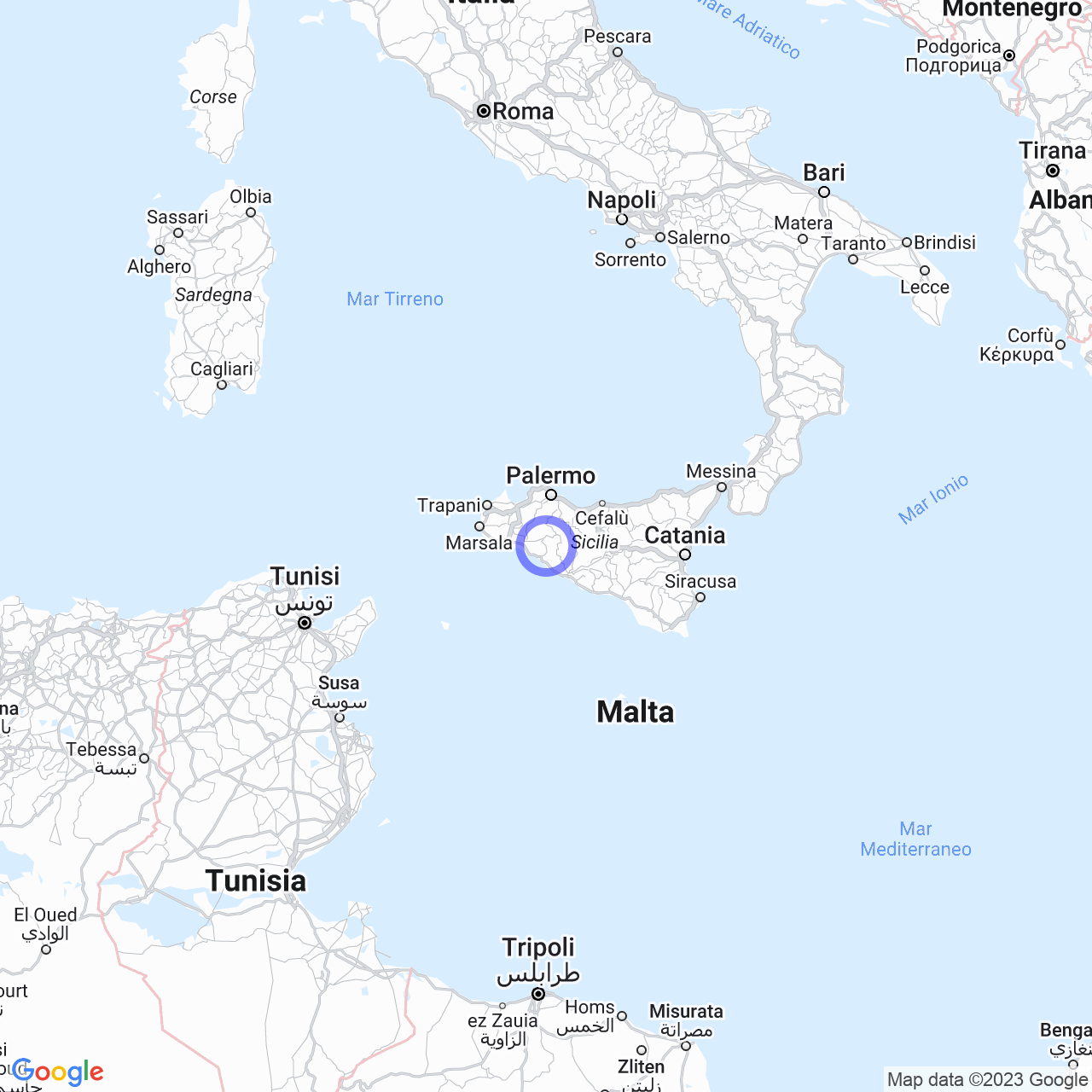Burgio
Discovering Burgio: A Town in Sicily
Burgio is an Italian town located in the province of Agrigento, Sicily. With its 2,483 inhabitants, it is situated on a triangular slope at the confluence of the Garella valley and the Tina Torrent, left tributaries of the Verdura River. In this article, we will guide you in discovering the history and geography of this fascinating historical town.

Physical Geography
Territory
The town is located 69 km from Agrigento and 95 km from Palermo, and sits at an elevation of 317 meters. This elevated position gives it a beautiful panoramic view of the surrounding area, but the position on a slope can make the streets a bit steep, so caution is advised when walking.
Origin of the Name
The name Burgio derives from the Arabic "burg," meaning "tower" or "stone house", and from the Greek "pyrgos," which means "tower". This name is probably related to the presence of towers on the hill where the town was built.
History
Medieval Age
The foundation date of Burgio is uncertain, but it is believed that the town was founded by a Saracen colony together with survivors from Scirtea, an ancient Sicanian town. In 1296, Ventimiglia, the count of Geraci, built the Castle of Acristia on an isolated and inaccessible cliff ten kilometers from Burgio.
During the Muslism domination of Sicily, Burgio was ruled by Hamud of the Alidel dynasty. Hamud was expelled from Spain, where he had held the Caliphate of Cordova, and came to Sicily to become the lord of Burgio.
When Roger I of Sicily descended to conquer Sicily, after 25 years of war he managed to subdue the Saracens, but to defeat Hamud he needed to win in the triangular area of Girgenti, Monte Guastanella and Enna. Hamud resisted Roger for a long time, after Agrigento fell and Monte Guastanella surrendered after a long and grueling siege, Hamud decided to renounce his religion and surrender to King Roger. He received baptism in Sciacca in 1088 from Gerlando of Agrigento, the first Archbishop of Agrigento, and took the name Ruggero Burgio from his godfather Roger the Norman and the name of the county which he received as a gift from the conqueror and of which he had already been lord.
Modern Age
Subsequently, the lordship passed to Federico D'Antiochia, count of Mistretta and Caltabellotta. In 1337, Raimondo Peralta had the baronial jurisdiction, followed by other lords. At an imprecise time, the Sacra Distribuzione was established, an organization that included the local priests and whose formation was supported by offerings and bequests from the faithful and a share of the priests' own resources.
Conclusion
With this brief guide, we hope to have provided you with some useful information on the history and geography of Burgio. This pleasant and picturesque town is an ideal place to spend a day out, perhaps also visiting the surroundings of the Verdura River valley.
